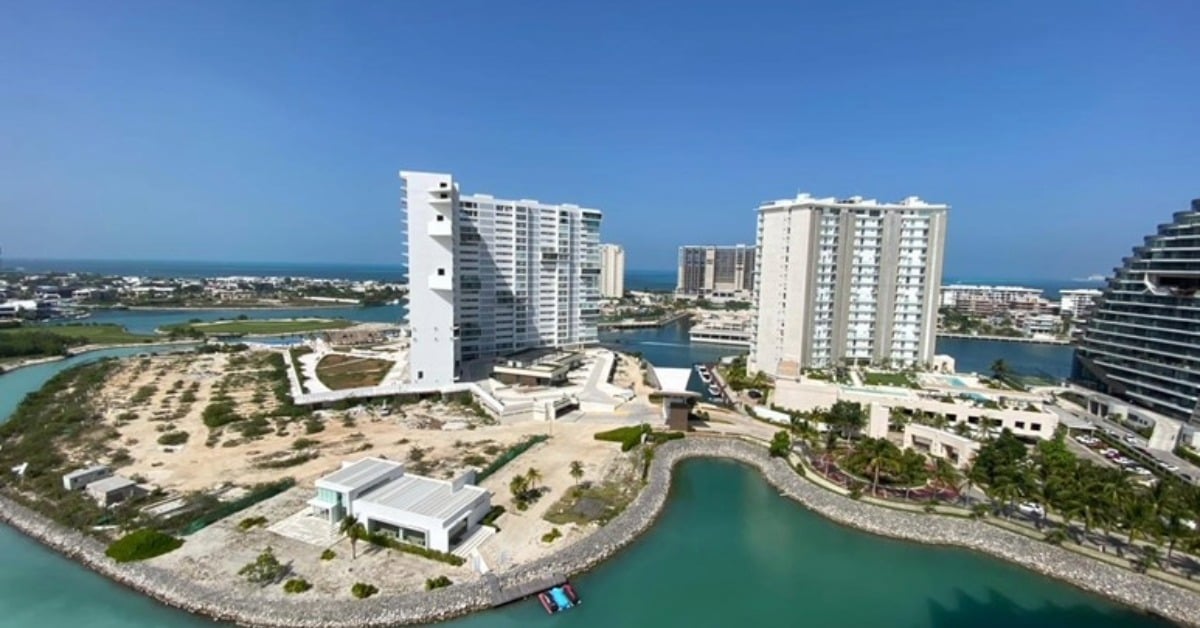Rising operating costs delay real estate development in Cancún, stalling projects as labor expenses climb and staff shortages bite . . .

Rising operating costs delay real estate development in Cancún, stalling projects as labor expenses climb and staff shortages bite . . .

